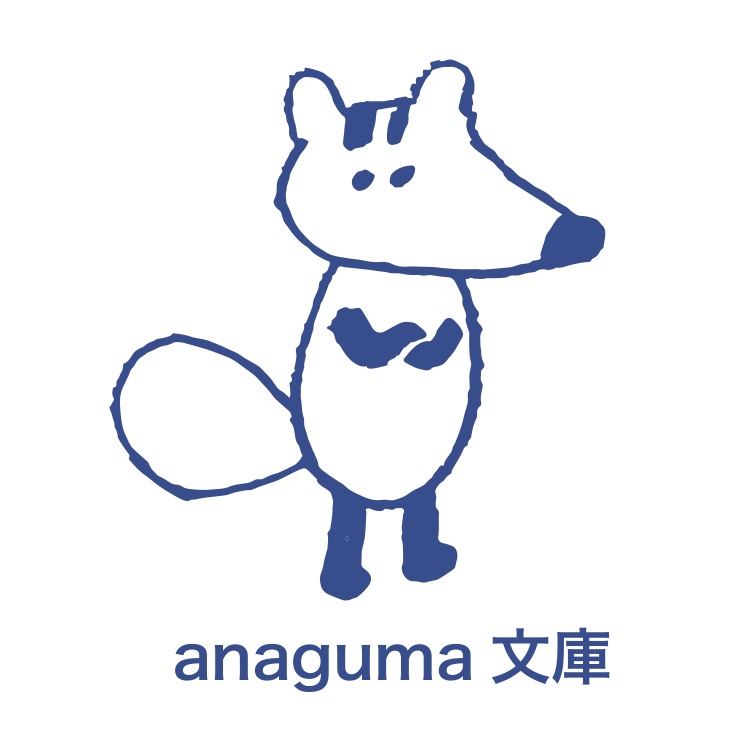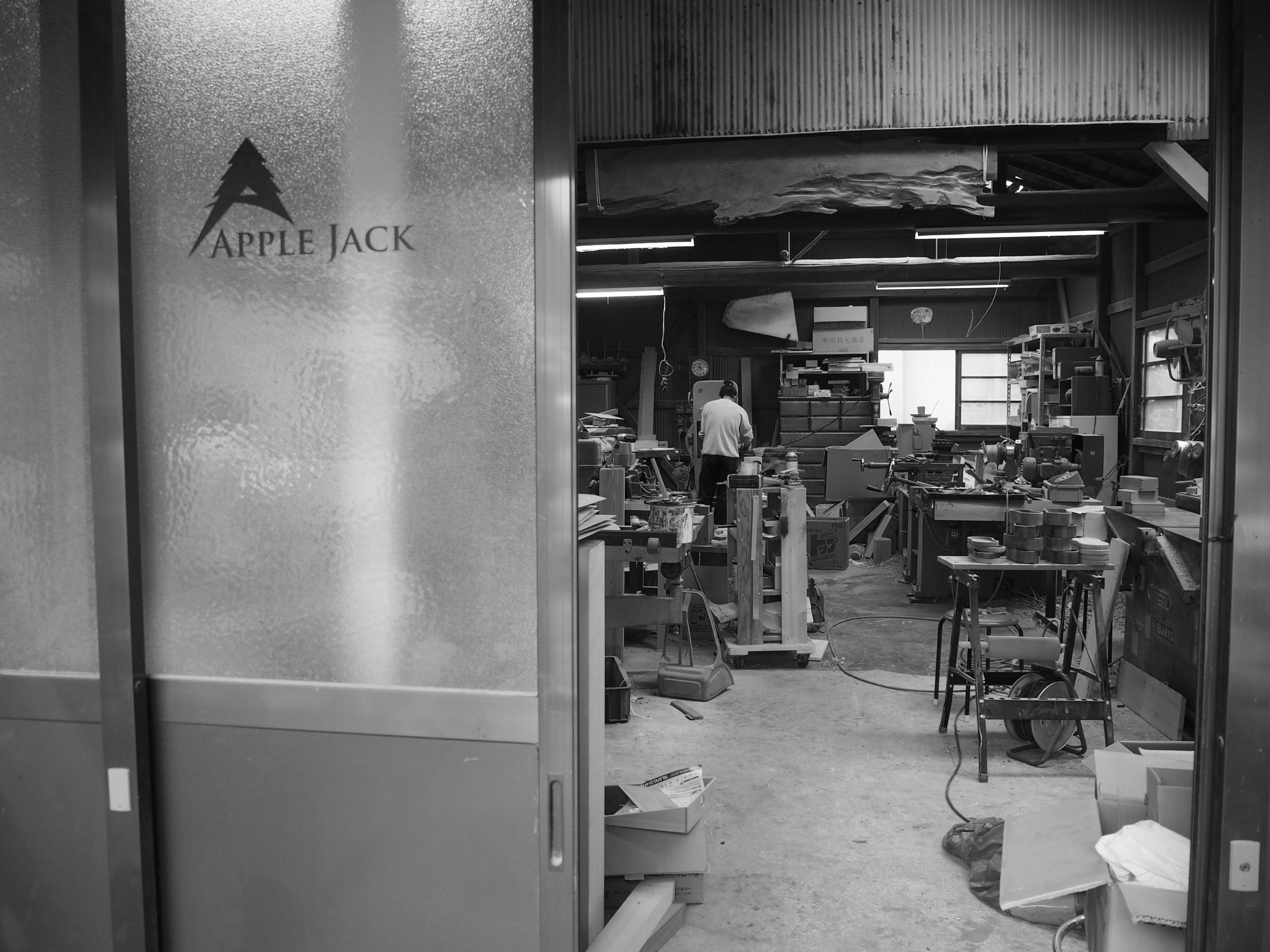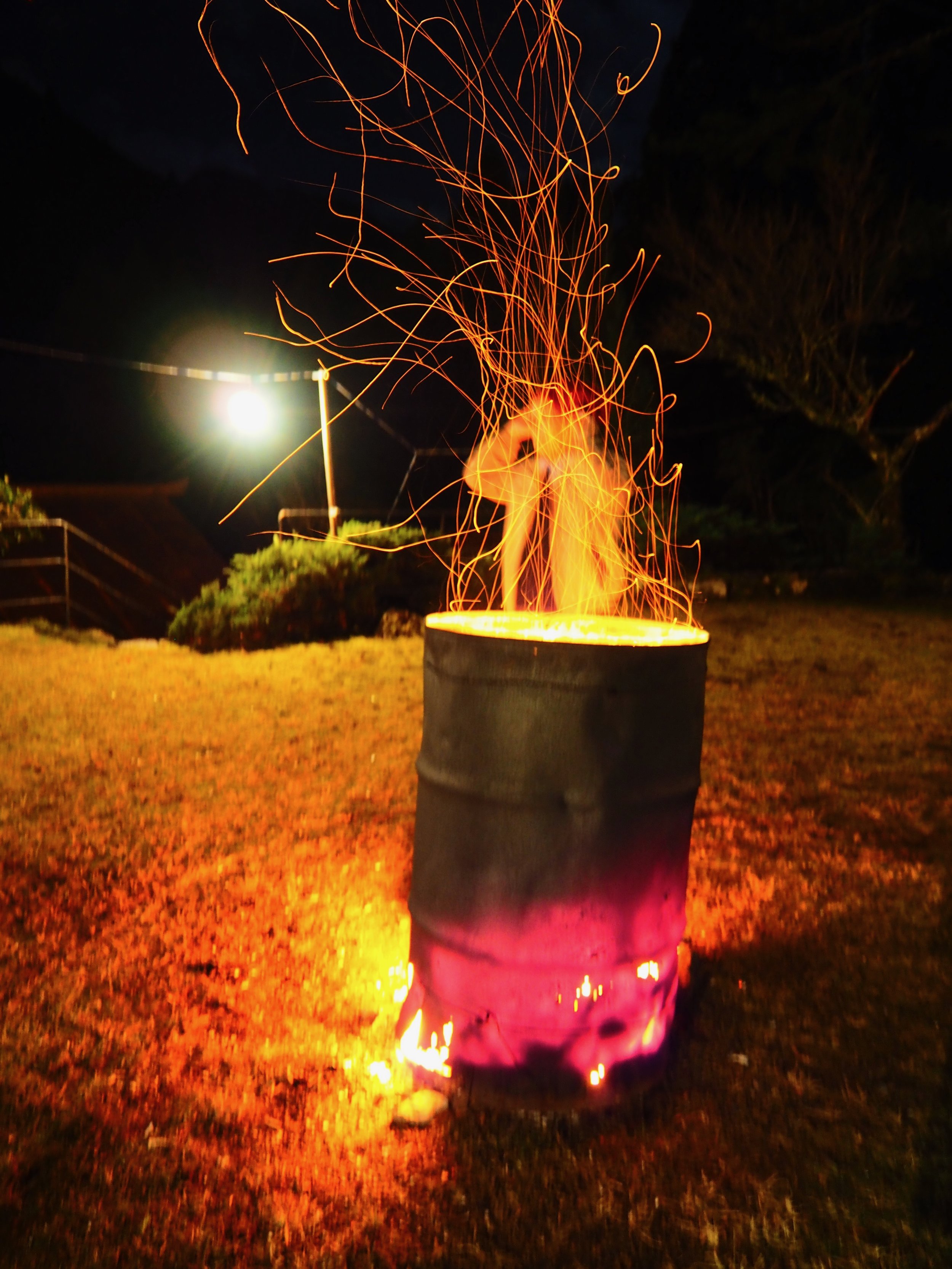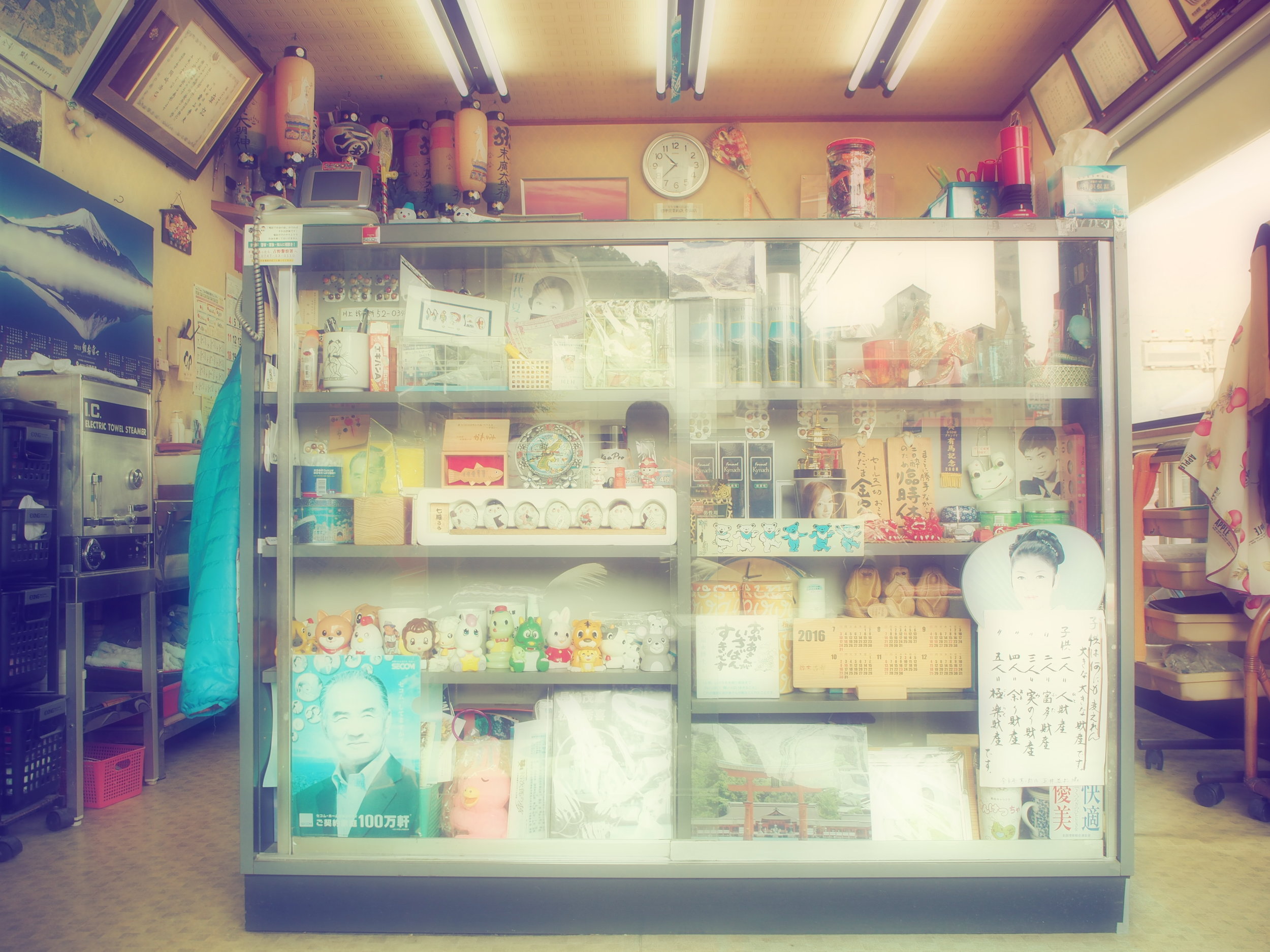(Please scroll down for the English version.)
おぼつかない足取り
川上村に住む上で、鹿に遇うのは当たり前のようである。朝早く上多古の大年神社で朝食を齧る鹿もいて、丹生川上神社上社の上からおおたき龍神湖を見下ろす鹿もいる。もちろん細い林道でも国道でも自由に横断して彼方へ飛んで行く鹿もいる。僕は夜、車で国道から上多古へ曲がるたびに、スピードを落として、あの暗闇から鹿が現れるように静かに願っている。鹿は現れても、二、三秒でどこかへ逃げてしまう。だが、一回の一頭が違った。
その夜、国道から曲がって鹿三頭に遭った。雄鹿一頭は道の左へ山の森に上って逃げた。別の雄鹿一頭は右へ上多古川へ下った。あとにされた子鹿は山への斜面をなかなか上れなく、川を守るガードレールも乗り越えなく、ヘッドライトの中で左右にうろうろしていた。道が細くて車が無事に通れなかったから、待つしかなかった。その僅かな30秒、僕らのそれぞれの現実が交差したような気がして、貴重な生き物を珍しく、ゆっくり見るチャンスであった。二十メートルを歩いてから、子鹿は山へ上れるところを見つけて、森林の暗闇へ消えた。
去年の十月下旬、アメリカに住んでいる日本語の先生は太平洋を渡り、教え子のところを回っている中に、わざわざ上多古に来て一泊を僕のうちで過ごした。朝「思い出したよ!」と先生の声が部屋から聞こえた。僕は先に目覚めて台所でお湯を沸かしていた。先生の声が睡眠の名残なく、明るくて台所までよく通った。「昨夜鹿の鳴き声を聞いて、あの歌を思い出した!」
「何の歌ですか」と僕は訊いた。
先生は声を一際低くして、抑揚にリズムを加えた:
「奥山に、紅葉踏みわけ、鳴く鹿の、声聞く時ぞ、秋は悲しき」と先生は唱えた。
猿丸大夫の小倉百人一首の和歌である。その日、山を歩きながら、時折鹿の鳴き声を聞きながら、この和歌を口ずさんだ。
鹿の当たり前の川上村では鹿の鳴き声が全然珍しくない。しかし、鹿の遭遇や鳴き声になれたと思いきや、生まれたばかりの子鹿や昔からの歌が現れて、僕の日常生活をより鮮やかに塗ってくれる。
Stumbling Steps
Living in Kawakami Village, it’s only natural that you will see deer. There are deer who eat their breakfast early in the morning at Otoshi Shrine in Kodako, and there are deer who look down onto Otaki Dragon Lake from above Niu Kawakami Shrine Kamisha. Of course, there are also deer who cross small mountain roads or the national highway as they like, leaping off to somewhere. Every time I turn off the national highway into Kodako at night, I slow down a bit, quietly hoping a deer pops out from somewhere in that darkness. Even if one does appear, it’s usually gone in two or three seconds. However, once there was one deer that was different.
I turned off the national highway that night and saw three deer. One buck ran to the left and climbed up the mountain into the forest. The other buck ran to the right down to the Kodako River. Unable to climb up the slope to the mountain, nor hurdle over the guard rail protecting the river, the fawn that was left behind just wandered left and right in my headlights. The road was too narrow for my car to get by, so all I could do was wait. In that short 30 seconds, it felt like each of our realities had crossed, and I had that rare chance to take a good look at this precious creature. After walking about 20 meters, the fawn found a spot to climb up the mountain and disappeared into the darkness of the forest.
In late October of last year, my Japanese teacher from America traveled across the Pacific, and while visiting many former students, spent a night at my place in Kodako. In the morning, I heard her voice from the other room say, “Omoidashitayo!”. She had recalled something. I was already awake, boiling hot water in the kitchen. Her voice was bright and without any remnant of sleep, making it all the way to the kitchen. “Last night I heard the deer cry, and I remembered that song!”
“What song?” I asked.
She lowered her voice a shade, and added a rhythm to her intonation:
“Deep in the mountains, stepping through scarlet leaves, a deer crying for its mate, when I hear this voice, I feel the sadness of autumn,” she recited.
It’s a waka poem by Sarumaru Daiou, selected to be in an anthology of 100 poems by 100 poets. That day we walked through the mountains, hearing a deer cry every now and then, and humming this poem along the way.
As deer are pretty common in Kawakami Village, it’s not all that rare to hear deer cries. However, just when I think I’ve gotten used to running into deer or hearing their cries, a newborn fawn and an old song appear out of nowhere, painting my daily life a little more vivid.



















